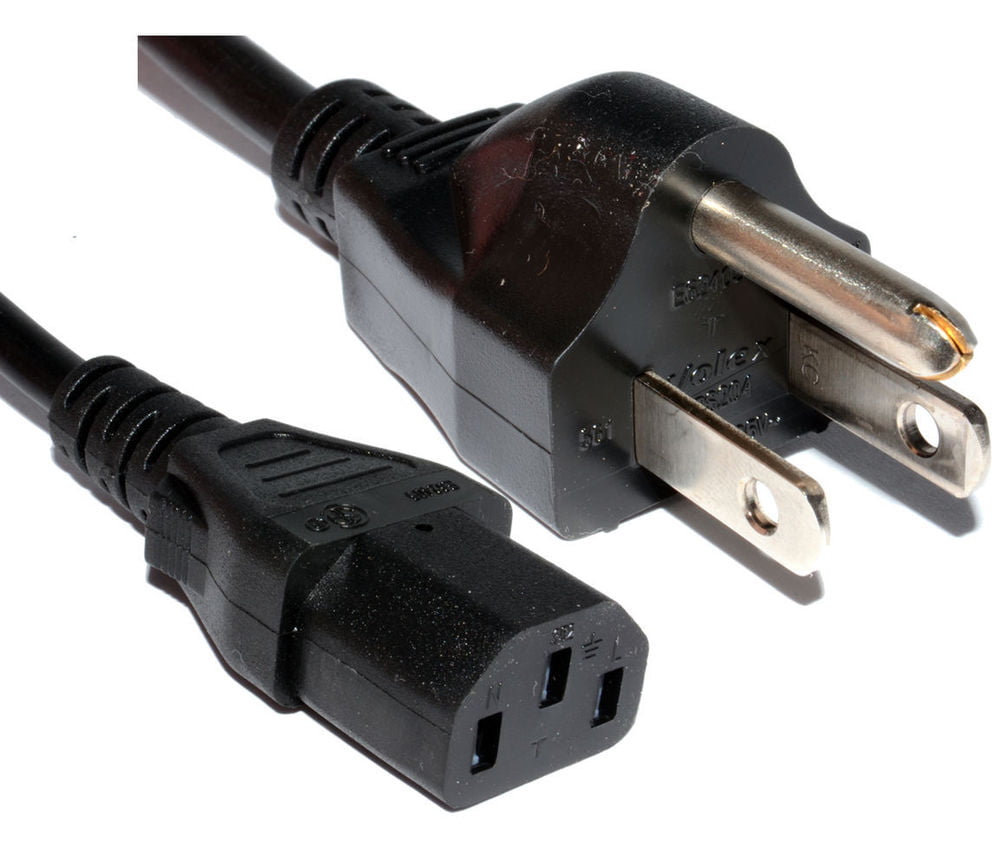It’s the time of year for saving money!
 This morning I perused an article in Twice titled “How High-End Headphones Can Capture The Audiophile Customer — Three words: Demo or die” I certainly have no issues with the title, as I firmly believe that in the end the only way you can tell the difference between a “good” headphone and a “great” headphone is by listening to both and comparing. The title proved to be the truthiest part of the whole article…
This morning I perused an article in Twice titled “How High-End Headphones Can Capture The Audiophile Customer — Three words: Demo or die” I certainly have no issues with the title, as I firmly believe that in the end the only way you can tell the difference between a “good” headphone and a “great” headphone is by listening to both and comparing. The title proved to be the truthiest part of the whole article…
The following nine paragraphs contain little in the way of useful or even correct information. We learn a bit about the author, and the fact that he considers 1984 a watershed year for music. Fine. But then he proceeds to not only go off the rails but enter alternate realities.

Here is the paragraph with not one but FOUR howlers. “Two factors impacted music more than anything in the early 90’s: Pro Tools and the compact disc. Pro Tools was developed to allow digital sounds to be easily integrated into analog soundtracks. It also allowed the timing and structure of music to be altered like never before. Why does this matter? Because in my opinion the worst consequence of computer-assisted music creation is that it took the human element out of music.”
First fact – Compact disk was introduced to the US in 1981.
Second fact – The first incarnation of Pro Tools was introduced in 1984 under the brand name Sound Designer.
No big deal being off by ten years is there?
 Yes, actually it IS a big deal because it allows the writer to take flight in fantasy that somehow Protools and digital recording changed the fundamentals of recording overnight. I was there, that’s not how it happened…it was MULTI-TRACKING that changed the way music was made – blame the Beatles and Beach Boys, since they were the ones to really exploit it, and Les Paul who started it, not digital technology…blame it on analog recording desks with 32 available discrete channels…
Yes, actually it IS a big deal because it allows the writer to take flight in fantasy that somehow Protools and digital recording changed the fundamentals of recording overnight. I was there, that’s not how it happened…it was MULTI-TRACKING that changed the way music was made – blame the Beatles and Beach Boys, since they were the ones to really exploit it, and Les Paul who started it, not digital technology…blame it on analog recording desks with 32 available discrete channels…
I decided that just to make sure my memory of the gradual shift and evolution to digital recording was correct by having someone else who was deeply involved in professional recording during the times in question, Jamie Howarth, the originator of Pangent Processes weigh in.
 His thoughts on this paragraph were the following, “It’s kind of an odd statement: I’m not at all clear what “altering the structure of music means.” As for timing, metronomes are fixed time-based tools – I’m mystified how the precision timing of digital audio is a liability.”
His thoughts on this paragraph were the following, “It’s kind of an odd statement: I’m not at all clear what “altering the structure of music means.” As for timing, metronomes are fixed time-based tools – I’m mystified how the precision timing of digital audio is a liability.”
Howarth elaborated, “Jim Keltner related to me the uncertainty that he and other session players felt whether an analog tape playback was as tight as what they played… well, it isn’t. And when digital came in he heard what he believed he’d played. The tempo and drive of a digitally recorded backing track of live musicians is way truer to their performance than a time-sloppy tape machine.”
 “As for the more “realistic” music and the alleged inability of digital to convey emotion, well… Al Schmitt cuts to Pro Tools, as does Vance Powell – both practitioners of a very vivid life-like sound, and if you can’t hear the emotion they manage to convey from the artist to you then there’s a problem with your hearing that has nothing to do with the storage and delivery format. Lotta heart – without grooves.”
“As for the more “realistic” music and the alleged inability of digital to convey emotion, well… Al Schmitt cuts to Pro Tools, as does Vance Powell – both practitioners of a very vivid life-like sound, and if you can’t hear the emotion they manage to convey from the artist to you then there’s a problem with your hearing that has nothing to do with the storage and delivery format. Lotta heart – without grooves.”
If only the author had stuck with something they knew about, such as the actual title of the piece, it might not be such an exercise bogus revisionist history. I wonder if the editor cared enough to read or fact check any of it…
Funny how a bunch of incorrect body copy can crappify a perfectly good lead…









Did you leave a comment for the author and editor under the article?
No, I have enough trouble trying to do my job right… 🙂
You need not be troubled…
“Because in my opinion the worst consequence of computer-assisted music creation is that it took the human element out of music.” Well, it can, as a listen to any Top 40 station shows. But acoustic classical and jazz records are made with Pro Tools, too. What this has to do with selling headphones … I have no idea.
Like I wrote, good lead, bad copy… 🙂